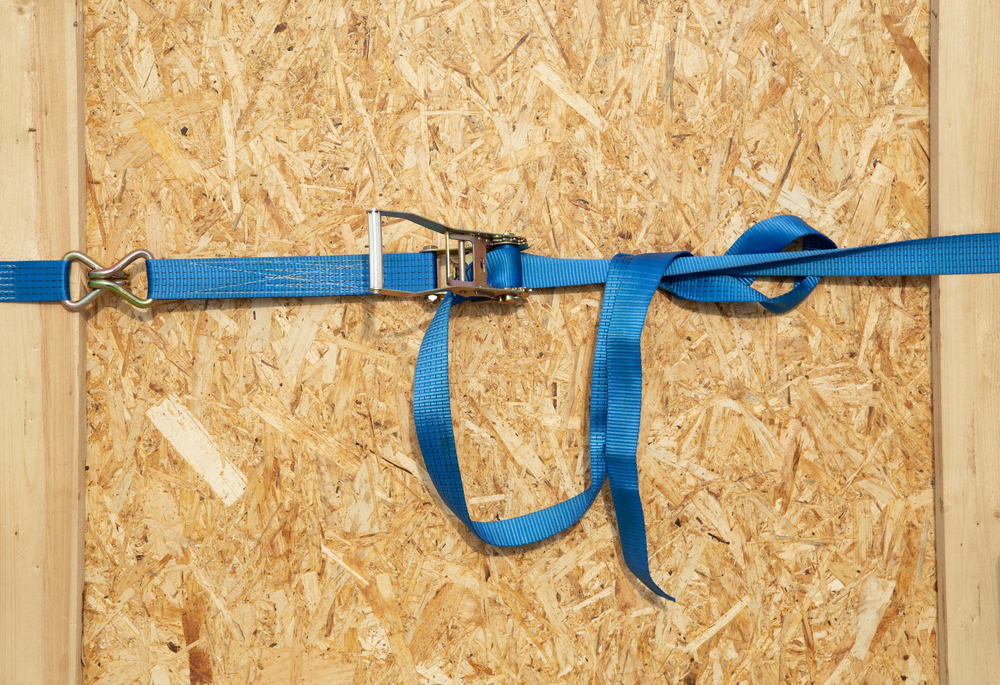I was recently talking to someone about using tiedown straps to secure a bit of cargo to a utility trailer. We were discussing the best types of tiedowns for the load I wanted to carry. Interestingly enough, he referred me to an online article that implied using multiple tiedown options to properly secure lumber.
The article itself wasn’t a problem except that it created a bit of confusion on my friend’s part. He assumed that properly securing cargo to a trailer met using as many different types of tiedowns as possible. But really, it all depends on the type of load you are carrying, its weight, and the vehicle on which you are carrying it.
Securing a Lumber Load
The article in question was all about carrying commercial lumber loads. We are talking trucks hauling logs from forest to lumber mill. We’re talking tractor-trailers loaded with cut lumber destined for a construction site. Right off the top, you have different lumber loads dictating different tiedown needs.
Here are the three types of tiedowns the article mentioned:
- Tiedown Straps – Truck drivers have an affinity for ratchet straps. These are nylon webbing straps held tightly in place by ratchets. They work extremely well.
- Chains and Binders – Chains secured by binders are also used by commercial truckers carrying excessively heavy loads. They are the preferred option for hauling heavy equipment, like backhoes and front loaders.
- Bungee Cords – Bungee cords were mentioned as a solution for securing tarps over the top of a lumber load. You obviously wouldn’t try to secure the lumber itself with bungees.
Having experience in this area, I understand that the article’s writer was suggesting tiedown straps for cut lumber but chains and binders for logs. You are looking at two different kinds of loads requiring different tiedowns. As for the bungees and tarps, they are mainly for cut lumber loads that can’t get wet.
Securement Is the Main Goal
My takeaway from that article was the idea that cargo securement is the main goal. As long as what you are carrying stays in place for the duration of the trip, you are good to go. But there is always risk involved. So a secondary goal is to choose a tiedown that minimizes risk.
What I was intending to carry on my utility trailer could be held securely in place using a few cam buckle straps from Rollercam. I wasn’t planning to carry anything excessively heavy or so bulky that I couldn’t get a solid and firm holds. I should also point out that my utility trailer has sides to it. It is not completely open like a commercial cargo trailer.
Had I needed to cover my load during transport, I could have put tarps down before securing the tiedown straps. Another option would have been to tie everything down and then attach the tarps with bungee cords.
Different Loads Require Different Solutions
The point of all of this is to say that different types of loads require different tiedown solutions. Truck drivers use chains and binders with heavy equipment because the loads are just too heavy for ratchet straps. By the same token, ratchet straps are overkill when you are just trying to cover a load of gravel with a tarp.
It is normally not necessary to use multiple types of tiedowns for a single load. Rather, you look for the best tiedown for that particular job. Choose the right tiedown, use it correctly, and you’re good to go. You shouldn’t have to use multiple types of tiedowns unless your load is especially complex.



